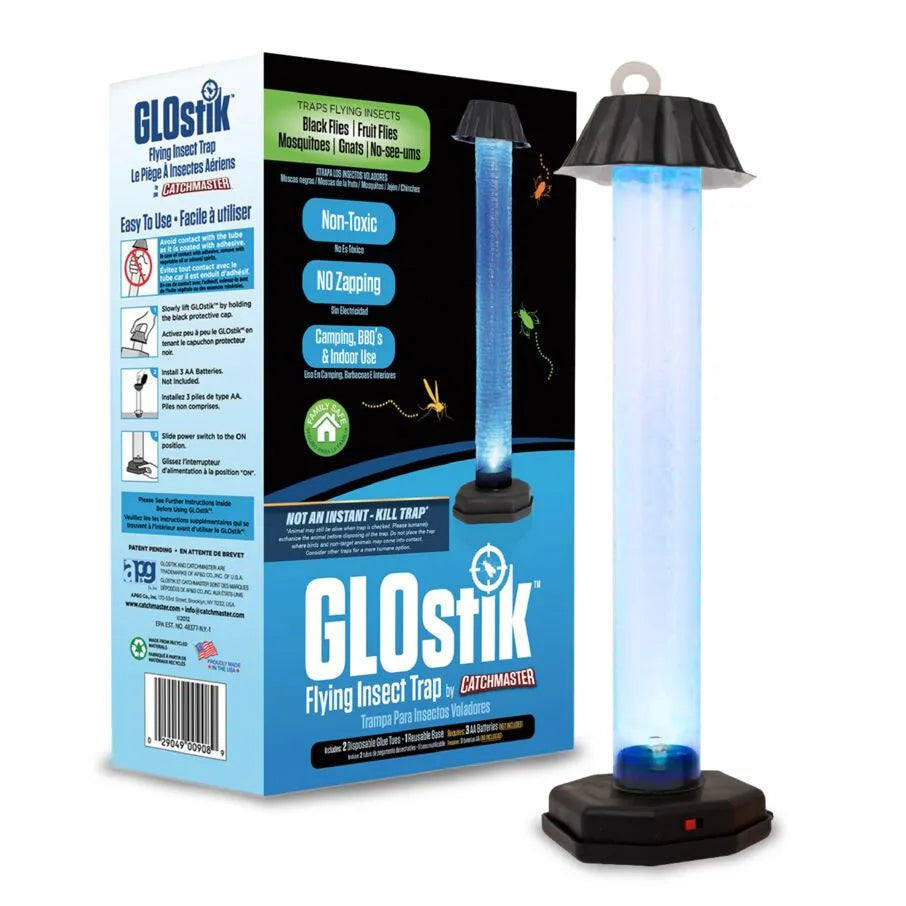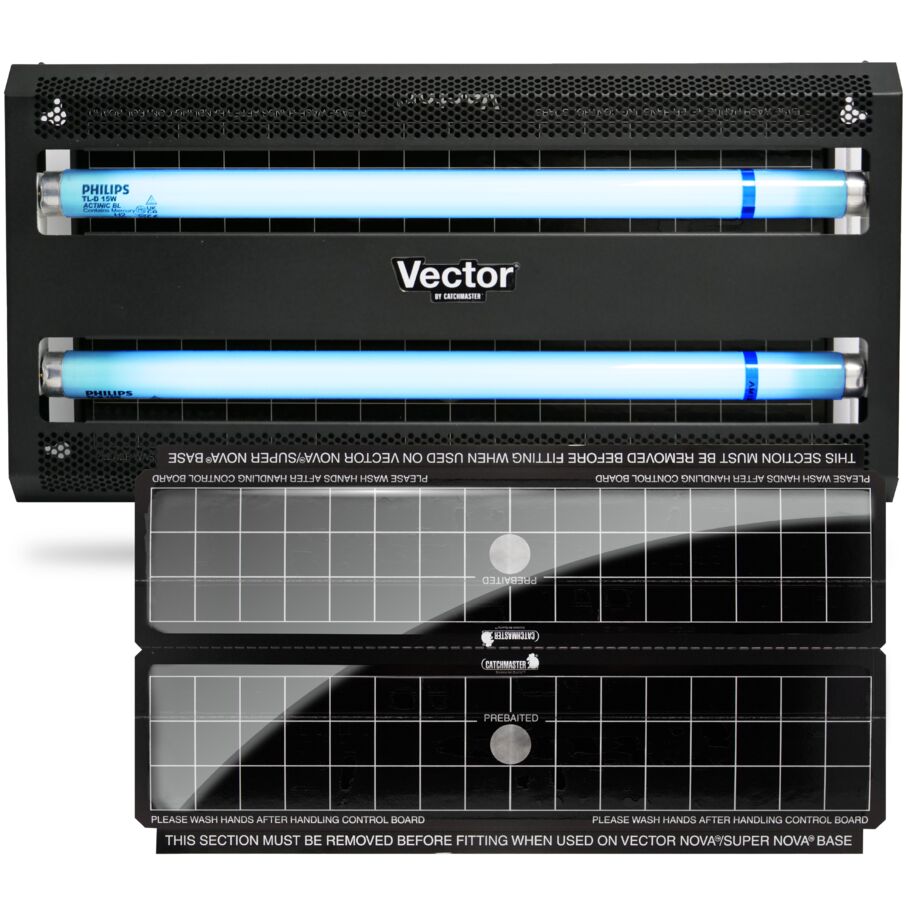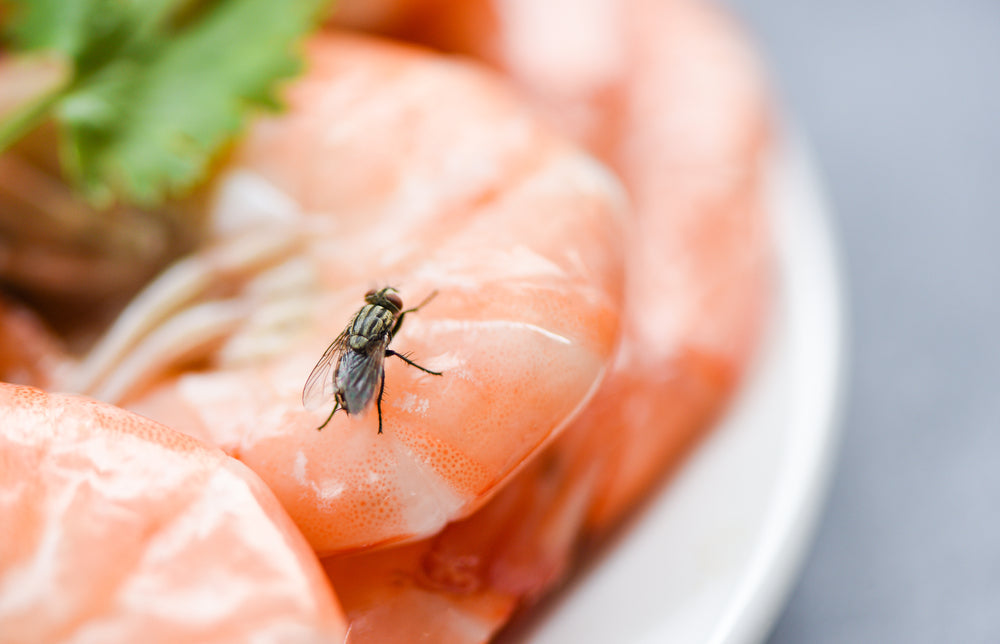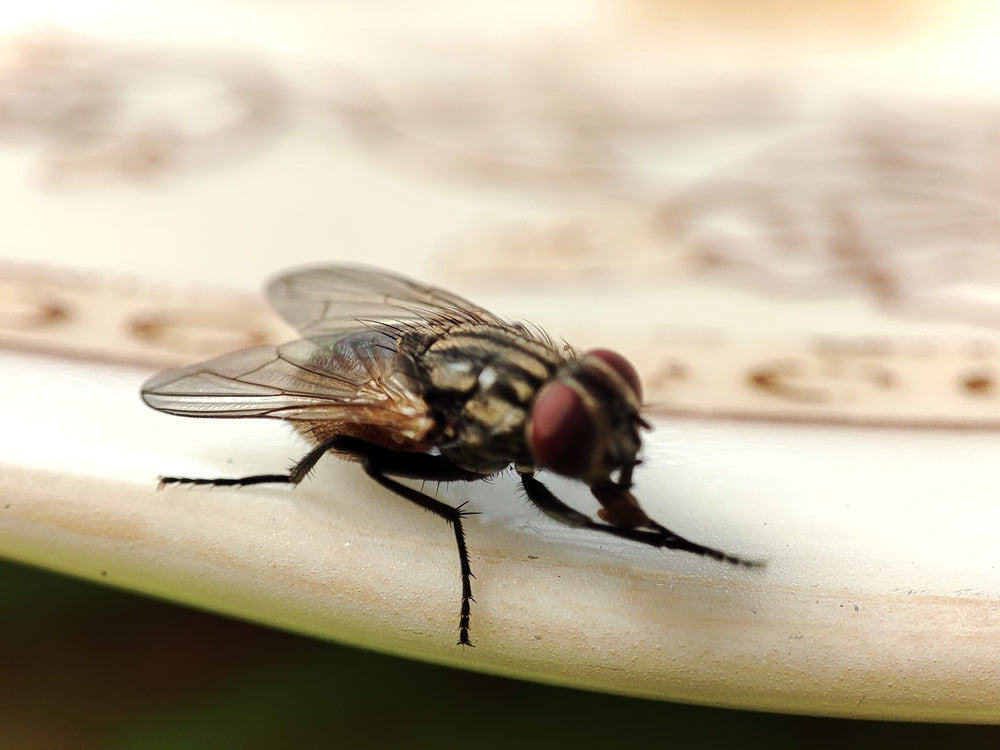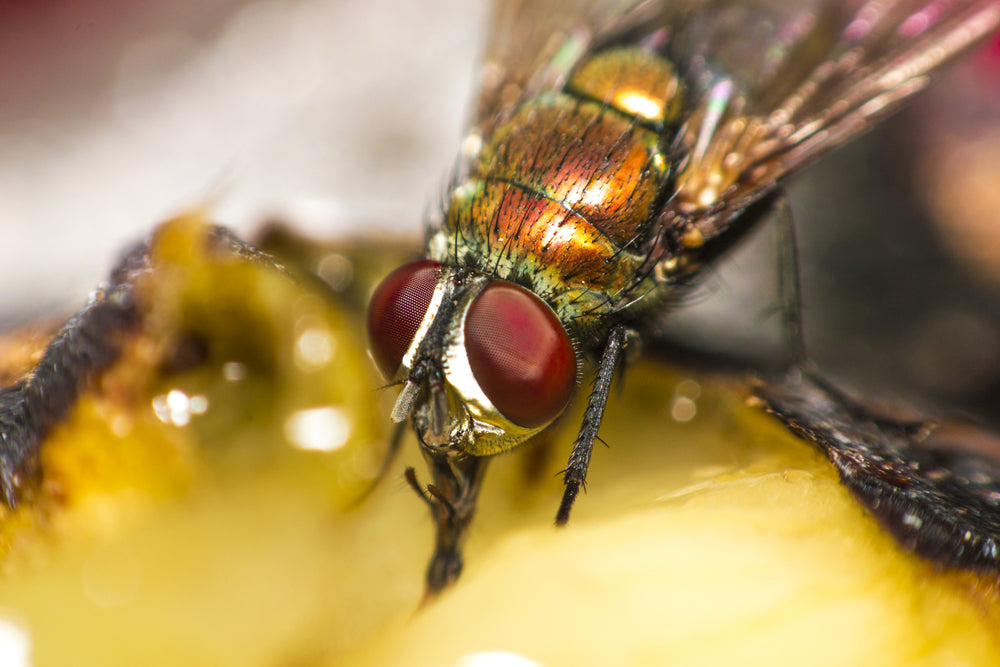
Flies are a common household pest that buzz around our homes, land on our food, and seem to appear out of nowhere. The truth is, they aren’t magically appearing. You have something they want.
From the fresh fruit on your counter to the garbage in your trash cans, flies can turn almost any organic matter in your home into a delicious meal. Understanding more about what flies eat will help you reclaim your house and say goodbye to irritating infestations!
Why Understanding What Flies Eat Matters
Beyond annoying you by flying around your head when you’re watching television, there are plenty of other reasons to keep flies away from your space. As they fly from waste products to food surfaces, they can deposit numerous diseases and pathogens.
That’s where learning more about what food attracts flies comes in. It’s more than just satisfying curiosity. It’s part of an effective pest management solution. With the valuable insight into their favorite foods, you can understand how to get rid of flies for good.
For a more proactive approach to fly prevention, you should also take a moment to understand the relationship between the food they eat and their lifecycle. For example, right before a female fly lays eggs, she specifically seeks protein-rich foods, like meat, yeast, and decaying organic matter. When you eliminate these specific food sources, you can effectively interrupt their lifecycle at the start.
What Do Flies Eat in the House? Common Food Sources Inside Your Home
Flies eat what we eat… and then some! Obviously, we know that they typically enjoy things like fresh fruits, vegetables, and prepared foods left uncovered. However, they are also drawn to less appetizing options such as organic residue, pet food, spilled liquids, or even damp mops or sponges.
What flies eat also depends on what species they are:
- House flies primarily seek decaying organic matter, pet waste, garbage, and rotting food.
- Fruit flies, as their name suggests, gravitate toward fermenting fruits and vegetables, alcohol, and vinegar.
- Drain flies subsist on the organic film inside pipes.
- Fungus gnats feed on organic matter and fungi in potting soil.
Understanding these specific preferences helps identify which species has invaded your space.
What Do Flies Like to Eat Most? The Science Behind Their Diet
While flies aren’t super picky about what they eat, they do have pretty specific feeding patterns. Most species feed during daylight hours, which explains why they are always around while you’re making lunch.
Temperature also plays a role in fly feeding behavior. Most species enjoy eating when it’s room temperature or slightly warmer. This explains why they are quick to locate fresh garbage or food left out in warm kitchens or on summer days.
Flies also have an incredible ability to detect food from far away. Some species of this flying insect can smell food up to five miles away!
How a Fly’s Diet Impacts Infestation Risks and Health Concerns
Flies have been known to carry over 100 different pathogens, including those causing serious conditions like salmonellosis, E. coli infections, and dysentery.
When a fly lands on food, it may deposit thousands of bacteria through physical contact alone. However, the greater risk comes from their feeding process, which involves regurgitating onto new food surfaces and defecating as they eat.
We can also look at the relationship between their diet and their reproductive cycle as a health risk. A single female house fly can lay up to 150 eggs at once. Once this happens, an egg can grow into an adult fly in as little as seven days. If your home is full of food sources, it can quickly lead to a troubling infestation.
Eliminating Fly Food Sources and Prevention Tips
Eliminating fly problems starts with eliminating their food sources. Here are some tips to keep your house to yourself!
- Store fresh produce in refrigerators or sealed containers, especially fruit that could ripen quickly.
- Clean up spills immediately, especially from sweet or protein-rich sources.
- Cover food with protective covers during barbeques or parties.
- Store garbage in clean, tightly sealed containers.
- Keep pet food and feeding areas cleaned and contained.
- Make a schedule to clean up pet waste regularly.
- Add screens to windows and doors.
- Plant fly-repellant plants, like lavender, eucalyptus, or lemongrass, in gardens or other heavily trafficked outdoor areas.
Although these tips will help, pests will occasionally sneak in. For these cases, you should also be familiar with how to trap a fly.
Catchmaster® offers a robust selection of indoor and outdoor fly traps to help keep your pest problems under control. Some of our most popular traps include:
- Glostick Flying Insect Light Sticky Trap: This non-toxic, family-safe trap is your newest ally against annoying flying insects! It uses LED light to attract and trap flies onto a thick layer of ultra-sticky, professional-strength glue. It can be used in dark places both inside and outside, as competing light severely affects its trapping ability. When used in the right location, it’s a great way to protect your home from unwanted visitors!
- PRO Series Outdoor Fly Bag Trap: Using a special food-based lure, this non-toxic and long-lasting trap can capture up to 30,000 flies! It can also attract flies up to 40 feet away, so you can say goodbye to your fly issues!
- Reusable Fly Trap Jar: This versatile and eco-friendly option can help manage fly populations by catching up to 10,000 flies. A non-toxic, food-based lure works best when placed up to 30 feet away from people and your home.
- Scented Fly & Bug Ribbon Traps: Ready to use right out of the box, our ribbon traps are an effective indoor and outdoor method. Each non-toxic trap can catch up to 2,600 flies!
- Gold Stick Fly Sticky Traps with Attractant: This non-toxic tool is a discreet way to catch flies inside and outside of your home.
Combine your newfound knowledge of what flies eat with Catchmaster’s easy-to-use traps to evict flies from your home for good!









